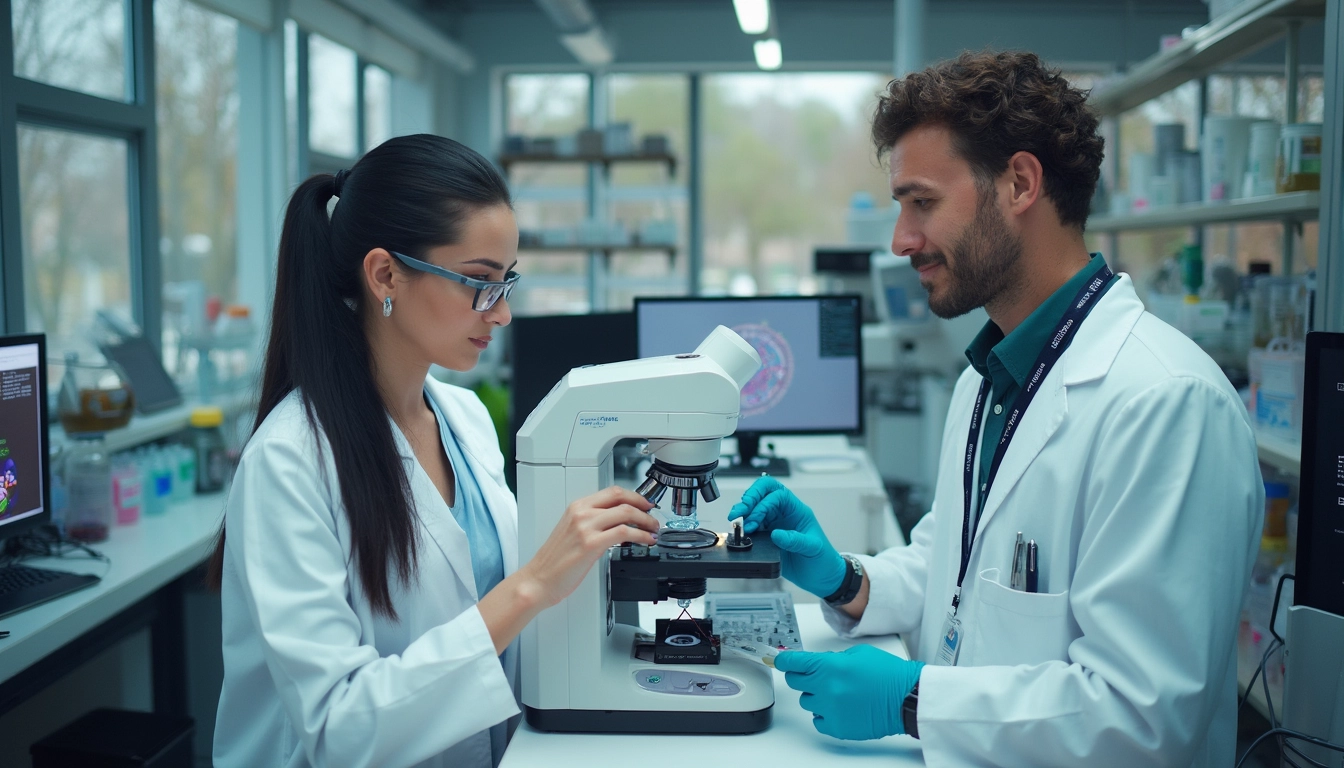
Perturb-FISH Technology Revolutionizes Single Cell Gene Expression Analysis Methods
Perturb-FISH, a groundbreaking integration of CRISPR technology with spatial transcriptomics, enables researchers to observe genetic modifications and their effects with unprecedented spatial precision at the single-cell level. This innovative technique combines the power of gene editing with advanced imaging methods to reveal how cellular interactions and gene expression patterns change within their native tissue environment.
Key Takeaways:
- Spatial transcriptomics and CRISPR technology merge to create a powerful new research tool
- Single-cell resolution enables tracking of gene expression changes in their natural context
- The technology reveals cell-to-cell interactions and communication patterns
- Perturb-FISH maintains tissue integrity while providing detailed molecular insights
- Applications in cancer research offer new perspectives on tumor microenvironment
Understanding Perturb-FISH Technology
Perturb-FISH represents a significant advancement in molecular biology by combining CRISPR screening capabilities with spatial analysis. The technique allows scientists to see exactly where genetic modifications occur and their impact on surrounding cells. Real-time monitoring of gene activity provides crucial insights into cellular behavior and tissue organization.
Technical Implementation and Benefits
The system utilizes sophisticated imaging techniques to detect spatial transcriptomics signals while maintaining the structural integrity of tissue samples. Researchers can simultaneously track multiple genetic modifications and their effects on gene expression patterns at single-cell resolution.

Applications in Cancer Research
In cancer studies, Perturb-FISH has proven invaluable for understanding the tumor microenvironment. The technology reveals how genetic modifications influence both cancer cells and immune responses, providing critical information for developing targeted therapies. Scientists can now observe how specific gene perturbations affect cellular communication within tumor tissues.
Advancing Precision Medicine
The spatial context provided by Perturb-FISH opens new possibilities for personalized treatment approaches. By understanding how genetic modifications affect specific tissue regions, researchers can develop more targeted and effective therapeutic strategies. This technology bridges the gap between genetic manipulation and its real-world effects in living tissues.
Future Implications
The integration of spatial analysis with CRISPR technology promises to transform our understanding of disease mechanisms. This advancement will likely accelerate drug development and improve treatment outcomes across various medical conditions. The ability to precisely map genetic modifications and their effects creates new opportunities for biomedical research and therapeutic innovation.


